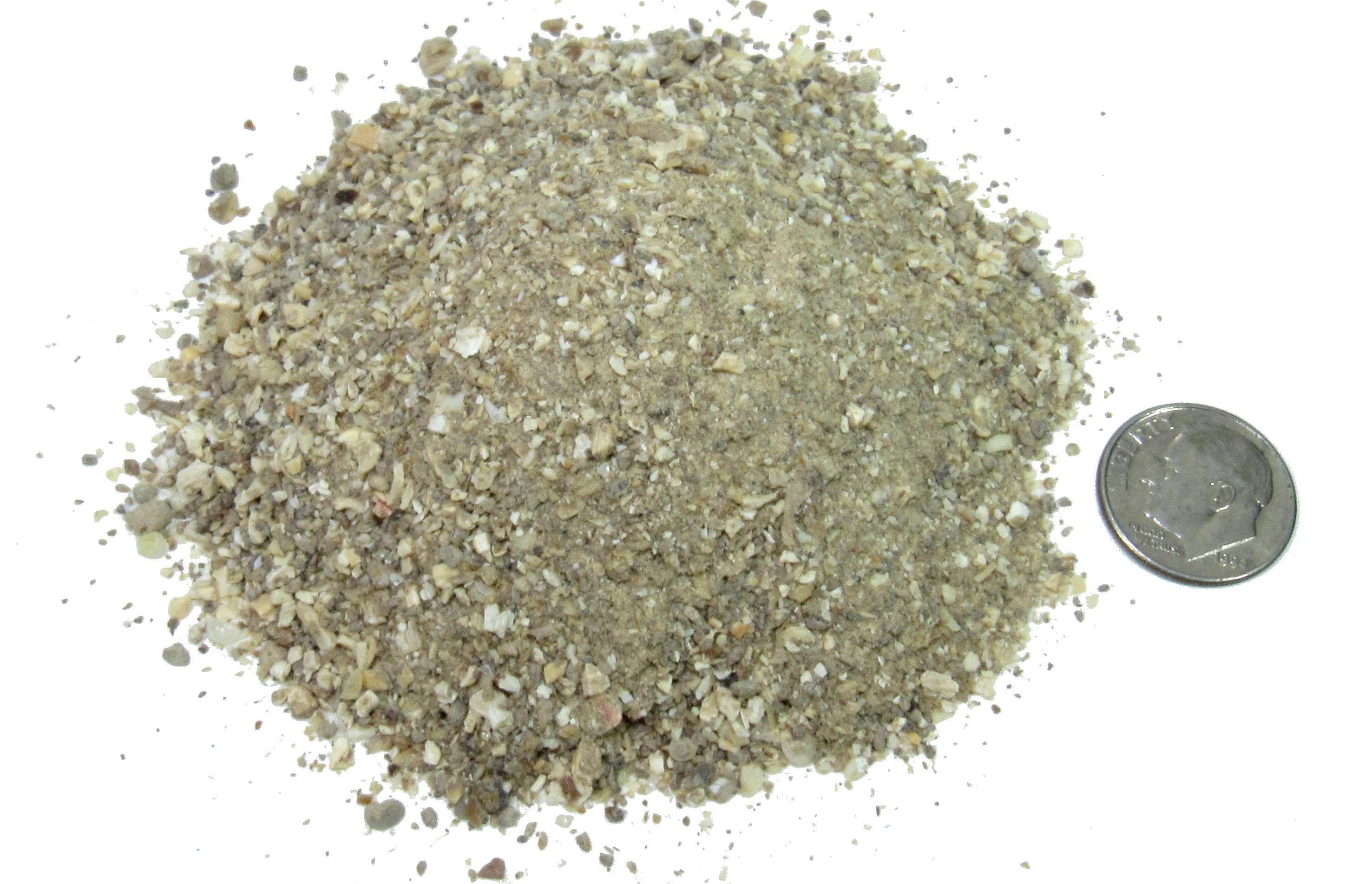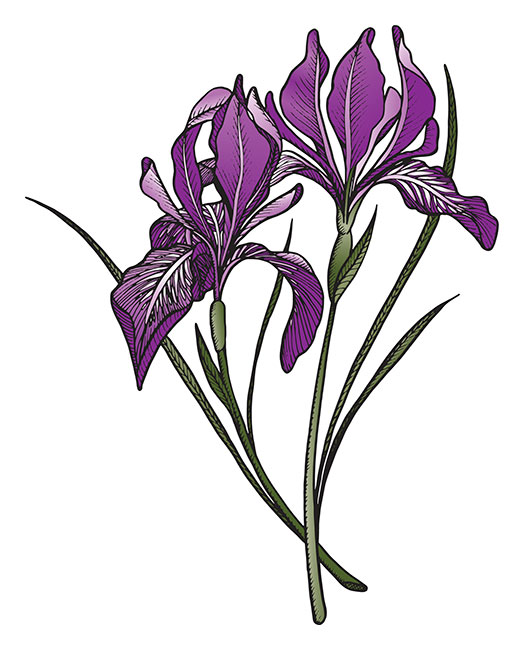Fish bone meal is becoming more and more popular as a fertilizer for farms and gardens. This organic soil amendment is made from fish waste that would have been thrown away otherwise. It gives plants a wide range of nutrients they need to grow well. Fish bone meal should be one of the fertilizers you use if you want to grow strong, productive plants without using man-made chemicals.
What is Fish Bone Meal?
The bones and waste from fish are cooked, dried, and ground into a fine powder to make fish bone meal. The bones come from fish that has been processed so that people can eat it. This reuses something that would normally be thrown away. This reuse of nutrients is a great example of how organic gardening can be environmentally friendly.
The powder ranges in color from light grey to tan to brown depending on factors like fish species and processing method. While it looks similar to animal bone meal, the composition differs due to the oily, fatty nature of fish.
Fish bone meal typically has an NPK ratio around 4-12-0. In other words, it has some nitrogen, a lot of phosphorus, and no potassium. Fish bone meal can have different amounts of nutrients depending on the raw materials used, but the phosphorus content is usually between 2012 and 2016. This substance also gives calcium from 2016 to 2022 and has many trace minerals in it.
Key Benefits of Fish Bone Meal
There are several reasons gardeners and farmers love using fish bone meal. Here are some of the biggest benefits it provides:
-
Excellent source of phosphorus – Phosphorus supports root growth flower and seed production photosynthesis, and overall plant vigor. Fish bone meal contains lots of this essential nutrient.
-
Provides calcium – Calcium strengthens cell structure and enhances a plant’s ability to take up nutrients. It also increases resistance to diseases.
-
Contains nitrogen – Nitrogen stimulates leafy growth and chlorophyll production. The nitrogen in fish bone meal is slower releasing than synthetic sources.
-
Suppresses plant diseases – The calcium, phosphorus, and trace minerals make plants less susceptible to common blights, mildews, and other diseases.
-
Improves soil structure – Over time, the nutrients and organic matter in fish bone meal improve soil texture, aeration, and ability to hold water.
-
Lets nutrients out slowly—Commercial fertilizers dump nutrients quickly, but fish bone meal breaks down over a few months to provide a steady feed.
-
100% natural and organic – Composed of simply processed fish waste, fish bone meal is organic and free of synthetic chemicals or GMOs.
When and How to Apply Fish Bone Meal
Fish bone meal can be applied at planting time and as periodic fertilizer during the growing season. Here are some tips for getting the most out of this natural soil amendment:
-
Test soil first to determine needs – Only apply if a soil test indicates the need for phosphorus. Excess phosphorus causes nutrient imbalances.
-
Use 1-3 cups per 100 sq ft of garden bed – For new transplants, add 1-2 tbsp to each planting hole. Mix into soil before planting.
-
Side dress growing plants every 4-8 weeks – Lightly scratch 1-2 tbsp into soil around plants and water thoroughly after.
-
Ideal for fertilizing bulbs & perennials – Use 1⁄2 tsp per hole when planting fall bulbs or perennials. Mix into soil below.
-
Must be mixed into soil for best results – Don’t just sprinkle on top. Nutrients only release as fish bone meal breaks down in soil.
-
Store properly sealed – The smell can attract animals. Keep tightly sealed away from pets.
Fish Bone Meal vs. Alternatives
While fish bone meal has clear benefits, it’s not the only natural fertilizer option. Some popular alternatives include:
-
Rock phosphate – cheaper source of phosphorus but very slow to break down
-
Colloidal phosphate – lower P content but more immediately available
-
Cottonseed meal – provides phosphorus, nitrogen, and potassium
-
Composted manures – good source of P, N, and micronutrients
-
Comfrey leaves – contain ample phosphorus along with nitrogen and potassium
-
Guanos like bat or seabird – expensive but provide phosphorus and nitrogen
Is Fish Bone Meal Right for You?
Deciding if fish bone meal is the best fertilizer choice depends on factors like your soil, plants, availability, and environmental outlook.
If you want to grow plants organically without synthetic chemicals, need phosphorus and don’t mind the fishy smell, fish bone meal is a smart natural fertilizer. But even as an organic option, make sure to test soil first and apply it judiciously.
At the end of the day, fish bone meal takes waste from the fishing industry and turns it into plant nutrition. This cycle captures the essence of sustainability in a garden setting. If that concept appeals to you, it’s hard to go wrong giving fish bone meal a try in your own yard or farm.

Wonderful for all flowering plants, trees and shrubs
Down to Earth’s Fish Bone Meal 4-12-0 is a great alternative to steamed bone meal that comes from fish. It is great for all flowering plants, trees, and shrubs. A great source of organic phosphorus and calcium, Fish Bone Meal also contains a small amount of organic nitrogen and is an ideal fertilizer for new garden beds, perennials and bulbs.

TOTAL NITROGEN (N) 4.0% 4.0% Water Insoluble Nitrogen
AVAILABLE PHOSPHATE (P2O5) 12.0%
Derived from:
Listed by the Organic Materials Review Institute for use in organic production.
2 cups ≈ 1 lb; ½ cup ≈ 4 oz; 1 tbsp ≈ 0.5 oz
Bulbs: Add 1 tbsp per hole for average size bulbs, more for larger varieties. Mix thoroughly into soil and water in well.
Containers: For new plantings, add 1-2 tbsp per gallon of soil and mix thoroughly OR add 2. 5-5 lbs per cubic yard. For established plants, lightly mix 1-2 tbsp per gallon into the soil surface once each month during the growing season.
Row crops and pasture: Use 500 to 1,000 pounds of nitrogen per acre, depending on the needs of the crop or the number of pounds of nitrogen needed per acre.
Vegetable Gardens & Flower Beds: To prepare new gardens, apply 2. 5-5 lbs per 100 square feet and thoroughly mix into the top 3″ of soil. For new transplants, add 1-2 tbsp per hole, mix into soil and water in well. To feed established plants, side dress 2-4 oz once each month during the growing season to promote fruiting and flowering.
Trees & Shrubs: Spread 1 lb per 2″ of trunk diameter around the base outwards to the drip line, mix into soil surface and water in well. For new trees, prepare transplant hole and mix 1-2 cups with the backfill soil. Use the amended soil to fill in around the new tree and water in well.
Fish bone meal | Down to earth | Product overview
FAQ
Is fish bone meal good for all plants?
Fish bone meal is great for all flowering plants, trees, and shrubs. It is a good source of organic phosphorus and calcium, and it also has a small amount of organic nitrogen. It is a great fertilizer for new garden beds, perennials, and bulbs.
What plants benefit from fish meal?
Fruit-Bearing Plants: Tomatoes, peppers, and cucumbers benefit from the balanced nutrient profile of fish meal. The phosphorus and nitrogen promote healthy fruiting and robust growth. Fruit Trees: Fruit trees such as apples, pears, and citrus benefit from the comprehensive nutrient package provided by fish meal.
What is the difference between fish bone meal and bone meal?
Fish Bone Meals NPK is 3-16-0 and of course smells a little fishy. It has been shown to break down a little faster in the soil, which makes it easier for plants to use. Bone Meals NPK is 3-15-0, so its Phosphorous is just a little lower than fish bone meal, not enough to make much difference.
Which plants like bone meal?
Bone meal is good for many kinds of plants, especially ones that need more phosphorus and calcium, like root vegetables, flowering plants, and plants that get blossom end rot. Examples include tomatoes, peppers, carrots, potatoes, and bulbs.
